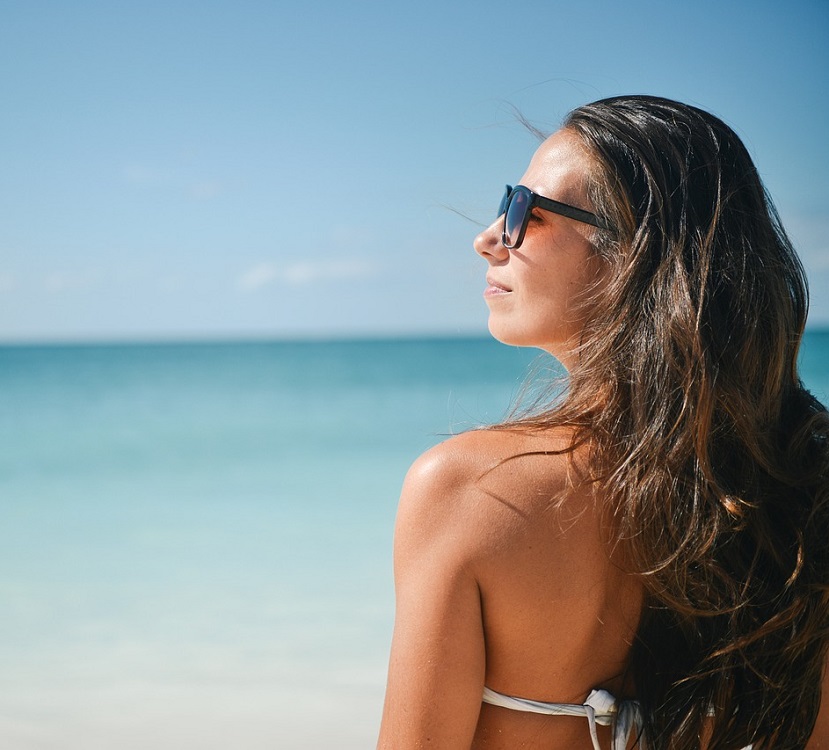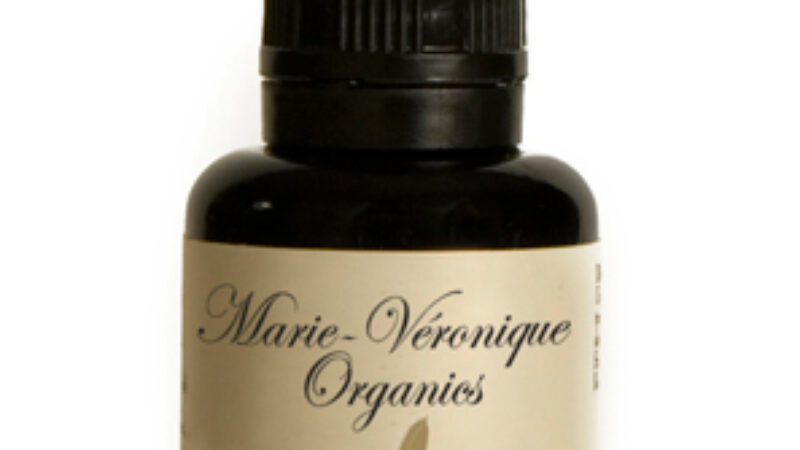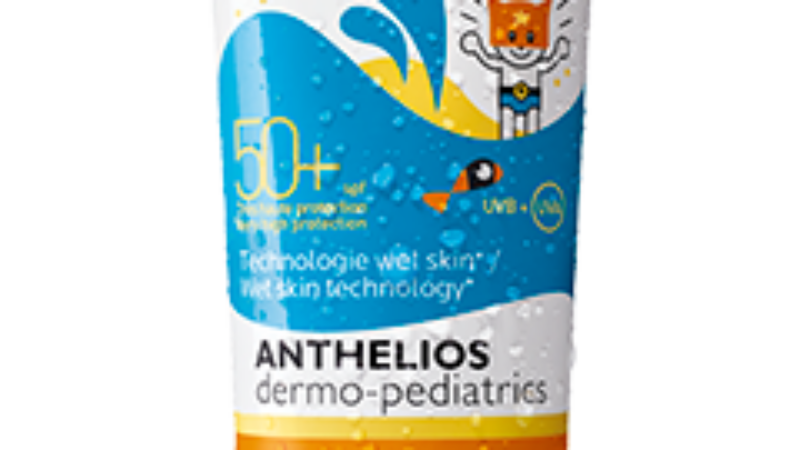Finding a sunscreen that protects you and that you enjoy using can be a daunting task so we’ve put together a list of 5 things to consider when choosing sunscreen. And if you’re a regular reader of our blogs and newsletters, then you’ll know that we talk about sunscreens and sun protection A LOT! Besides the fact that we appreciate the importance of sun protection to achieving healthy and glowing skin, we think that we offer a selection of some of the most effective, safest and elegantly textured sunscreens around.
Let’s get started!
- Does it Contain Effective Ingredients? There are many effective sun filtering agents along with some older ones that aren’t as effective and that carry side effects including skin irritation, hormone disruption and can even damage the environment. Two no-nos when choosing a sunscreen include oxybenzone and octinoxate, which are both implicated with damage to coral reefs and which have recently been banned by the State of Hawaii in an effort to help protect and preserve them. Given that safe and effective alternatives are available, we applaud their decision.
Our favourite sunscreens contain ingredients including Mexoryl SX, Mexoryl XL, Tinosorb S, Tinosorb M, Zinc Oxide and Titanium Dioxide. You can find them in a range of formulations suitable for all conditions and skin types. - Is It Broad Spectrum? Sunscreens are made up of active ingredients – those that protect against UV rays and/or free radicals and inactive ingredients – those that help to keep the active ingredients stable in the formulation. When it comes to active ingredients, sun filters can protect against UVA rays, UVB rays or both. It’s important to choose a sunscreen that will deliver protection against both types of rays. While UVB rays are the ones responsible for burning, UVA rays penetrate deeper into the dermis and are responsible for premature skin aging such as wrinkles, age spots and sagging. Sunscreens that protect against both UVA and UVB rays are labelled as ‘Broad Spectrum’. All the sunscreens that we stock at PhaMix are broad spectrum formulations.
- Is it Minimum SPF 30? Most health care professionals recommend a minimum of SPF 30 to protect skin adequately. SPF = Sun Protection Factor and is a measurement of the amount of UVB protection that a sunscreen delivers. For example if your unprotected skin burns in 10 minutes, an SPF 30 sunscreen will protect you for 30 times longer (300 minutes). Reapplying will not extend the amount of protection time. SPF 30 blocks about 97% of UVB rays and SPF 60 about 99%. Studies have shown that most of us don’t apply enough sunscreen so it’s wise to go higher if you can. Keep in mind though that higher SPF sunscreens are designed to stay on and protect more so they may not feel as nice on the skin.
- Is is Water Resistant? If you are swimming, exercising or spending a day at the beach, it’s wise to opt for a water resistant sunscreen. Water resistant sunscreens offer protection for 40 minutes (very water resistant, 80 minutes) so it’s important to dry off and reapply when you can. We offer a selection of water resistant sunscreens here.
- Do You Enjoy Using It? It doesn’t matter how effective your sunscreen is if you don’t use it every day. Find a product with a texture, scent and ingredients that you like to ensure that it goes on your face daily, year round. There is no better investment in your skin than finding and using a great sunscreen every day!
Our favourite these days is new Apothekari Shade SPF 30. Formulated with zinc oxide, it delivers non-greasy, mineral based, broad spectrum UVA/UVB protection with added antioxidant protection as well.




